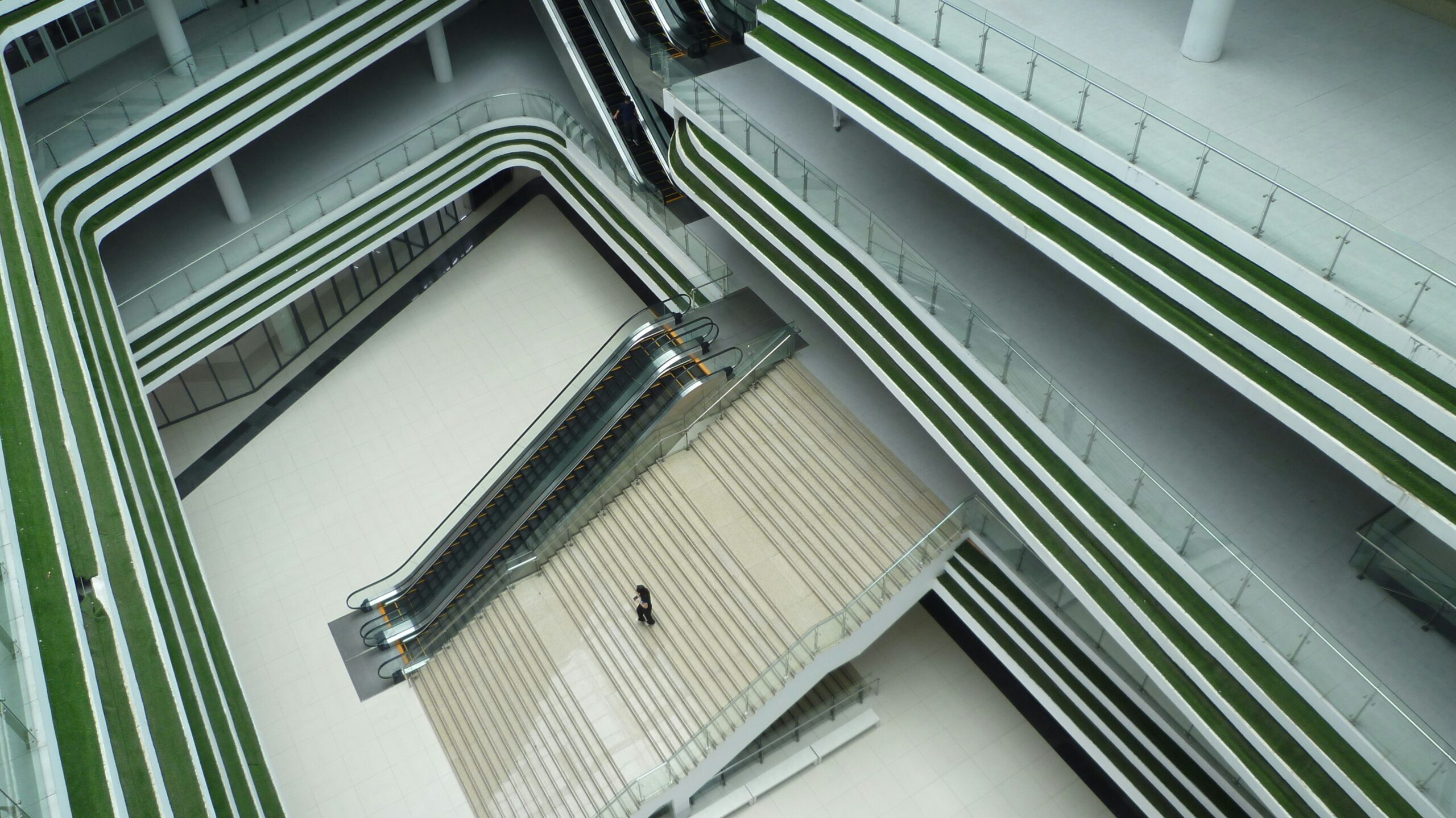In January 2025, EU defense ministers, policymakers, and security experts gathered to reflect on the outcomes and enduring legacy of the landmark meeting held in Tallinn during Estonia’s presidency of the Council of the European Union in 2017. The historic event, which laid the groundwork for several transformative defense initiatives, remains a cornerstone of Europe’s evolving collective security strategy in the face of growing global challenges.
Revisiting a Pivotal Moment in EU Defense
The 2017 meeting of EU defense ministers in Tallinn was a turning point for European defense cooperation. As security threats diversified—from terrorism and cyberattacks to geopolitical tensions—it became clear that greater collaboration among member states was imperative. Discussions in Tallinn centered on fortifying Europe’s collective defense capabilities, enhancing operational cooperation, and establishing frameworks for long-term security projects.
One of the meeting’s standout achievements was the advancement of Permanent Structured Cooperation (PESCO), a mechanism designed to enable EU countries to work together more closely on defense and security projects. Ministers also endorsed efforts to strengthen partnerships with NATO, emphasizing the complementarity of the two organizations.
Achievements of the 2017 Meeting
The Tallinn meeting catalyzed several key initiatives that have shaped the EU’s security framework:
- Permanent Structured Cooperation (PESCO): Since its inception, PESCO has expanded to include over 60 projects, from developing interoperable defense systems to improving military mobility across EU borders. These projects have enhanced coordination and resource-sharing among member states, making European forces more cohesive and effective.
- European Defence Fund (EDF): Another milestone from the Tallinn discussions was the emphasis on funding innovation in defense technologies. The EDF, formally launched in 2021, has since financed numerous collaborative research and development projects, ensuring that the EU remains at the forefront of military innovation.
- Cybersecurity Leadership: Estonia’s prominence in digital governance and cybersecurity was a major influence during the 2017 meeting. The discussions underscored the importance of cyber resilience, leading to the establishment of EU-wide initiatives to defend against cyberattacks and secure critical digital infrastructure.
- Strengthening NATO Relations: Recognizing NATO’s role in European security, the Tallinn meeting reinforced the importance of interoperability between EU and NATO forces. Joint exercises and synchronized planning have since become routine, reflecting the shared commitment to transatlantic security.
Progress Over Eight Years
As the EU navigates an increasingly complex security landscape in 2025, the initiatives launched in Tallinn have proven essential. In the years since, the EU has developed robust frameworks to address both traditional and emerging threats:
- Hybrid Warfare and Cybersecurity: The Tallinn meeting’s focus on cybersecurity has evolved into comprehensive EU policies addressing hybrid threats. From disinformation campaigns to critical infrastructure sabotage, the EU now has dedicated units and rapid response teams to counter such risks.
- Green Defense Initiatives: Reflecting broader EU priorities, PESCO projects have begun integrating sustainability into military operations, including energy-efficient technologies and climate-resilient infrastructure.
- Geopolitical Challenges: The ongoing war in Ukraine and tensions in other regions have underscored the need for the EU to maintain readiness and adaptability. The European Peace Facility, established to fund military aid to partner countries, has become a vital tool in stabilizing conflict zones.
Reflections on Tallinn’s Legacy
At the commemoration event in Tallinn, Estonia’s Minister of Defence highlighted the enduring importance of the 2017 meeting:
“The Tallinn discussions weren’t just about addressing immediate threats. They were about shaping a vision for a secure and united Europe. The progress we’ve made since then is a testament to the strength of our collective commitment.”
The EU High Representative for Foreign Affairs and Security Policy echoed these sentiments:
“The 2017 meeting in Tallinn was a pivotal moment in European defense policy. It demonstrated that unity is our greatest strength in the face of global challenges.”
Speakers also emphasized the need for continued innovation and adaptability. With evolving threats such as artificial intelligence-driven warfare, energy security vulnerabilities, and non-traditional conflicts, the EU must remain proactive in its approach.
Tallinn’s Place in European Security History
As Europe continues to grapple with security challenges, the 2017 Tallinn meeting serves as a reminder of the value of collaboration and forward-thinking. The policies and projects born out of the discussions have not only enhanced Europe’s defense capabilities but also solidified its role as a global security leader.
In 2025, Tallinn stands as a symbol of European resilience and unity. The city’s hosting of the 2017 meeting will be remembered as a defining moment that demonstrated how collective will and strategic foresight can lay the foundation for a safer future.
Looking Ahead
The commemorative event concluded with a call for renewed investment in Europe’s defense and security framework. Ministers agreed that while much progress has been made, the rapidly changing geopolitical environment demands even greater cooperation. Upcoming priorities include advancing AI-driven defense technologies, addressing the weaponization of space, and ensuring supply chain resilience for critical defense resources.
The lessons from Tallinn, participants noted, remain as relevant as ever. By working together, the EU can continue to adapt, innovate, and safeguard the principles of democracy and peace that define its union.






